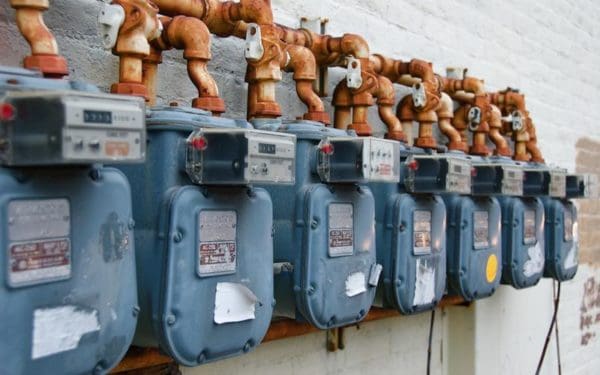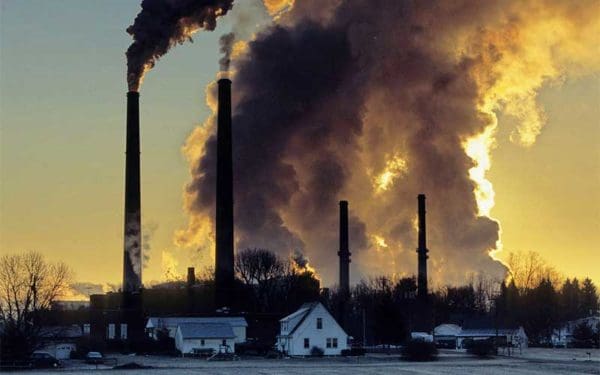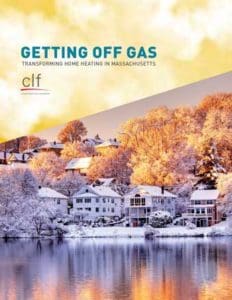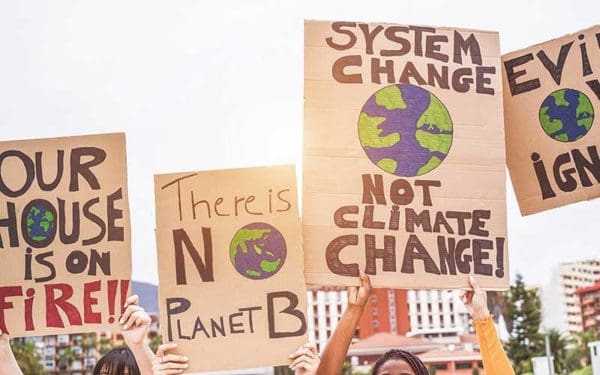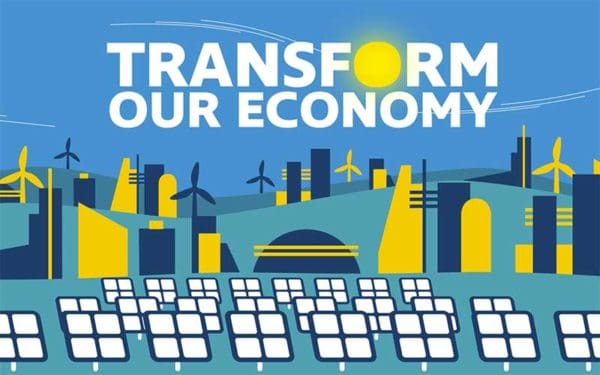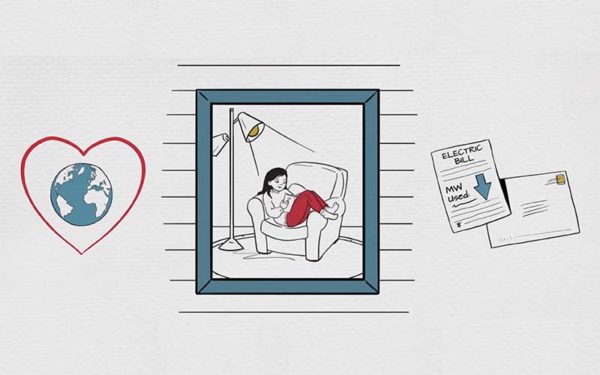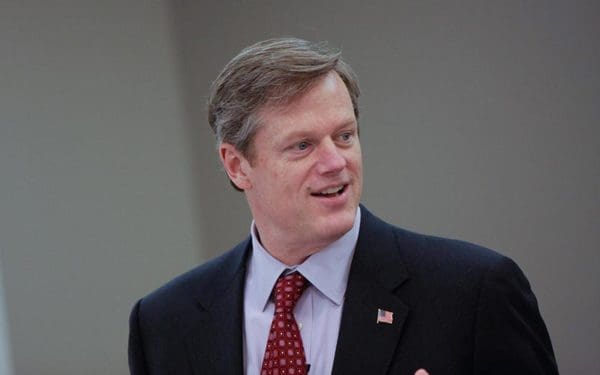Dec 10, 2020
“Continuing to rely on gas will spell disaster for our climate goals,” said Caitlin Peale Sloan, Interim Director of CLF Massachusetts. “Gas is not a safe or clean alternative to oil, and we must phase out its use to heat our homes. There are better options out there and it’s time Massachusetts gets serious about new policies that will get us off gas once and for all.”
Dec 10, 2020
In our new report, we lay out how Massachusetts can move away from dirty gas for home heating and towards a clean future. We also offer a framework for other New England states to start kicking gas to the curb.
Dec 10, 2020
Nearly half of all homes in Massachusetts rely on gas for heating, which contributes significantly to the state’s greenhouse gas emissions. Ending this reliance on a climate-damaging fossil fuel could take decades. That’s why the work must start now, especially if the Commonwealth is going to meet its 2050 targets for cutting its overall carbon emissions.
Dec 09, 2020
New England is no stranger to climate action. So, as I look to 2021, I see New England continuing to lead on climate.
Dec 07, 2020
Adilson González Morales is a Senior Communications Strategist for Conservation Law Foundation. In this role, he helps CLF leverage the power of communications to fight for a healthy and thriving New England for all. Adilson is committed to supporting CLF’s work through his advocacy efforts for environmental justice. Before joining CLF, Adilson worked at Penn… Continue reading Adilson González Morales
Dec 03, 2020
We can still avoid the worst impacts of climate change if we reach net-zero carbon pollution before 2050. We need strong climate laws in every New England state to hit that mark.
Nov 24, 2020
In true 2020 fashion, many families are having small-scale get-togethers or opting for virtual celebrations this Thanksgiving. With less people, that means being even more careful not to overbuy and waste food – because food waste can be terribly damaging to the environment. So let’s think about this for a second – what can you do to waste less food this Thanksgiving?
Nov 24, 2020
We all know about clean, local energy like solar and wind. But there’s another form of clean energy: energy efficiency. Because the cleanest, cheapest energy is the energy you don’t use at all.
Nov 23, 2020
According to a new study, rising water temperatures put fish eggs and spawning adults at higher risk than juveniles and adult fish. Since previous studies mostly only took adult fish into account, this close look at different life stages gives us a better idea of what the climate crisis means for our fisheries and how we can help save Atlantic cod. One big takeaway: protecting spawning areas, where the vulnerable are, is more critical than ever.
We sat down with CLF Senior Science Fellow Gareth Lawson to discuss the implications of the study and the future of Atlantic cod.
Nov 22, 2020
On the 50th anniversary of Earth Day, the Baker administration announced that Massachusetts will make reaching net-zero emissions by 2050 legally binding under the state’s Global Warming Solutions Act. However, the state’s landmark climate law still needs a clear path forward to reach that goal.
